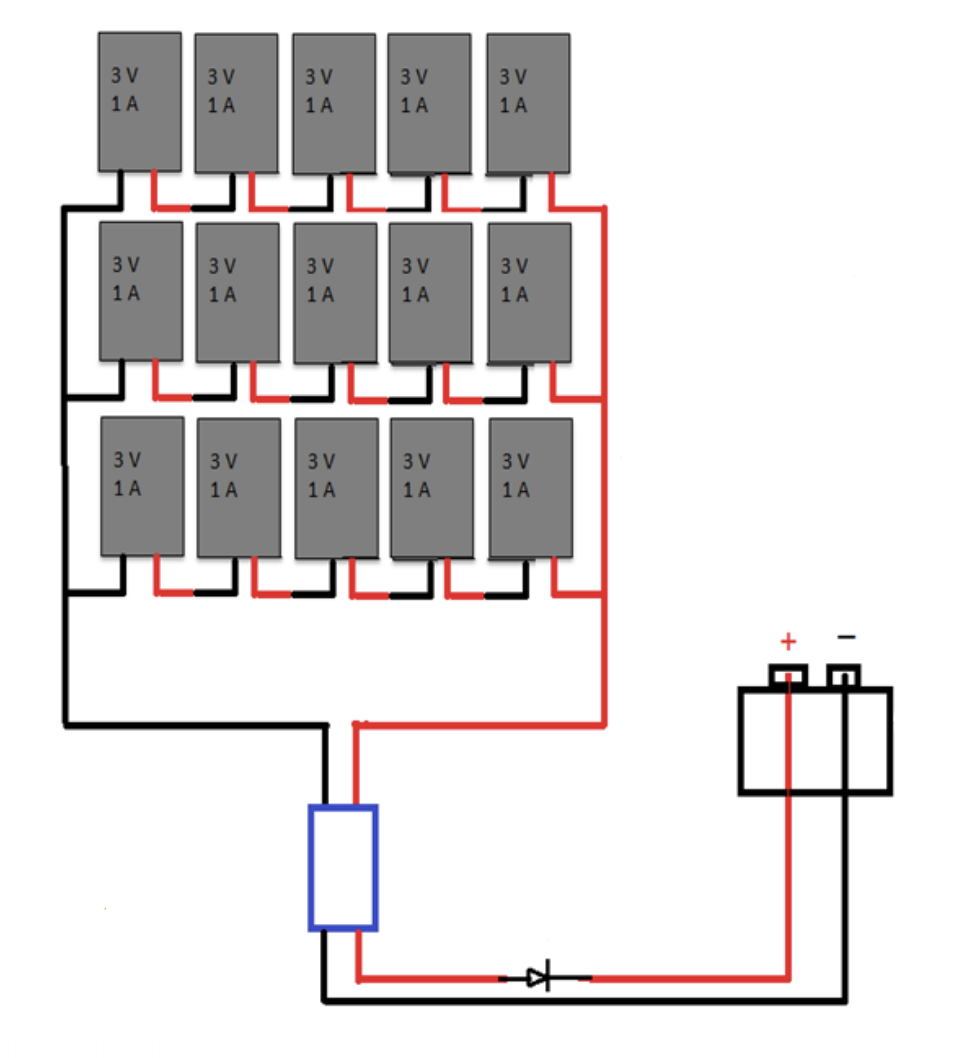Can Portable PV Charge Vehicles?

Intended Grade Level(s):
10-12
Energy Content:
Learning Goal(s):
- Students will explore the role of series and parallel wiring as they pertain to voltage and amperage.
- Students will explore the processes involved with charging batteries and relate these processes to voltage and amperage.
- Students will test photovoltaic modules to identify voltage and amperage outputs.
- Students will calculate, using data from field tests, the maximum power that can be produced using photovoltaics within the constraints of a typical passenger vehicle’s surface area.
- Students will calculate charging times using various PV array power ratings.
Unit:
Lesson Number:
3
NGSS Science and Engineering Practices:
Other Subjects Covered:
Estimated Activity Length:
2 hours 30 min
Files Associated with this Activity:
Description:
In this lesson, students will begin to explore the potential and challenges related to using photovoltaics to supplement the power needed to charge batteries in BEVs. Students will test a variety of wiring options related to series and parallel wiring. Once students have grasped the basics, they will measure the surface area of a passenger vehicle and calculate the approximate power that could be produced by integrated PV modules into the structure of the vehicle. Students will use these calculations to determine each of the following:
- The added mileage between plug-in charges that could be achieved.
- The amount of time required to charge the vehicle using only the PV modules within the structure of the car.
- The PV array size required to match the charge time boasted by Tesla Supercharger Stations.
Lesson Plan Extensions for this Activity:
Science Kit Material(s) Used:
1.5-Volt 500mA Solar Module
Multimeter
Other Material(s) Used:
Student handouts (4-7), internet access, scientific calculators
